Copper welding wire is a critical component in the world of welding, playing a significant role in various industries. Whether you are a seasoned welder or just starting out, understanding the intricacies of copper welding wire is essential for achieving high-quality welds. In this comprehensive guide, we will delve into the world of copper welding wire, exploring its benefits, types, applications, and best practices for optimal performance. Benefits of Copper Welding Wire: Copper welding wire offers a multitude of benefits that make it a preferred choice for welding applications. One of the key advantages of copper welding wire is its high conductivity. Copper is an excellent conductor of electricity and heat, making it ideal for welding processes where precision and efficiency are essential. The high conductivity of copper welding wire results in faster welding speeds and improved weld quality. Additionally, copper welding wire is highly resistant to corrosion, making it a durable and long-lasting option for welding applications. Its corrosion resistance ensures that welds remain strong and free from defects even in harsh environments. Copper welding wire also offers excellent thermal conductivity, allowing for better control over the welding process and minimizing the risk of overheating or distortion. Types of Copper Welding Wire: There are several types of copper welding wire available on the market, each designed for specific welding applications. The most common types of copper welding wire include: 1. Solid Copper Welding Wire: Solid copper welding wire is a popular choice for general welding applications. It is known for its high conductivity and excellent weldability, making it suitable for a wide range of materials and thicknesses. 2. Copper-Coated Welding Wire: Copper-coated welding wire consists of a steel wire core coated with a thin layer of copper. This type of welding wire is commonly used in MIG welding processes and offers enhanced electrical conductivity and weld quality. 3. Bare Copper Welding Wire: Bare copper welding wire does not have any coatings and is used in applications where minimal spatter and high electrical conductivity are essential. It is often utilized in TIG welding processes for welding non-ferrous metals.
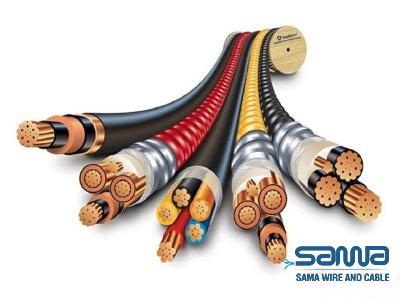
.
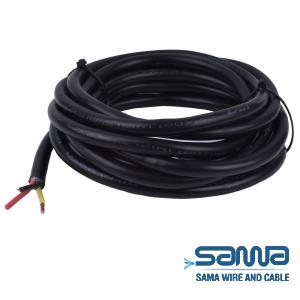 4. Nickel-Plated Copper Welding Wire: Nickel-plated copper welding wire combines the benefits of copper and nickel, offering improved resistance to corrosion and wear. This type of welding wire is commonly used in high-temperature welding applications. Applications of Copper Welding Wire: Copper welding wire finds wide-ranging applications across various industries due to its unique properties and advantages. Some common applications of copper welding wire include: 1. Automotive Industry: Copper welding wire is widely used in the automotive industry for welding components such as exhaust systems, chassis, and body panels. Its high conductivity and corrosion resistance make it an ideal choice for automotive welding applications. 2. Electronics and Electrical Industry: Copper welding wire is essential for welding electrical components, circuit boards, and cables in the electronics and electrical industry. It ensures reliable electrical connections and minimizes the risk of electrical faults. 3. Construction and Infrastructure: In the construction and infrastructure sector, copper welding wire is utilized for welding structural components, pipelines, and HVAC systems. Its durability and corrosion resistance make it well-suited for applications in harsh environmental conditions. 4. Aerospace and Defense: Copper welding wire plays a critical role in the aerospace and defense industry for welding aircraft components, missile systems, and defense equipment. Its high conductivity and reliability are paramount for ensuring the safety and integrity of aerospace structures. Best Practices for Using Copper Welding Wire: To achieve optimal results when using copper welding wire, it is essential to follow best practices for welding processes. Here are some key tips: 1. Select the Right Type of Copper Welding Wire for the Application: Choose the appropriate type of copper welding wire based on the material being welded and the welding process being used. Consider factors such as conductivity, corrosion resistance, and coating specifications. 2. Prepare the Welding Surface Properly: Ensure that the welding surface is clean, free from contaminants, and properly prepped before welding. Proper surface preparation is essential for achieving strong and consistent welds with copper welding wire.
4. Nickel-Plated Copper Welding Wire: Nickel-plated copper welding wire combines the benefits of copper and nickel, offering improved resistance to corrosion and wear. This type of welding wire is commonly used in high-temperature welding applications. Applications of Copper Welding Wire: Copper welding wire finds wide-ranging applications across various industries due to its unique properties and advantages. Some common applications of copper welding wire include: 1. Automotive Industry: Copper welding wire is widely used in the automotive industry for welding components such as exhaust systems, chassis, and body panels. Its high conductivity and corrosion resistance make it an ideal choice for automotive welding applications. 2. Electronics and Electrical Industry: Copper welding wire is essential for welding electrical components, circuit boards, and cables in the electronics and electrical industry. It ensures reliable electrical connections and minimizes the risk of electrical faults. 3. Construction and Infrastructure: In the construction and infrastructure sector, copper welding wire is utilized for welding structural components, pipelines, and HVAC systems. Its durability and corrosion resistance make it well-suited for applications in harsh environmental conditions. 4. Aerospace and Defense: Copper welding wire plays a critical role in the aerospace and defense industry for welding aircraft components, missile systems, and defense equipment. Its high conductivity and reliability are paramount for ensuring the safety and integrity of aerospace structures. Best Practices for Using Copper Welding Wire: To achieve optimal results when using copper welding wire, it is essential to follow best practices for welding processes. Here are some key tips: 1. Select the Right Type of Copper Welding Wire for the Application: Choose the appropriate type of copper welding wire based on the material being welded and the welding process being used. Consider factors such as conductivity, corrosion resistance, and coating specifications. 2. Prepare the Welding Surface Properly: Ensure that the welding surface is clean, free from contaminants, and properly prepped before welding. Proper surface preparation is essential for achieving strong and consistent welds with copper welding wire.
..
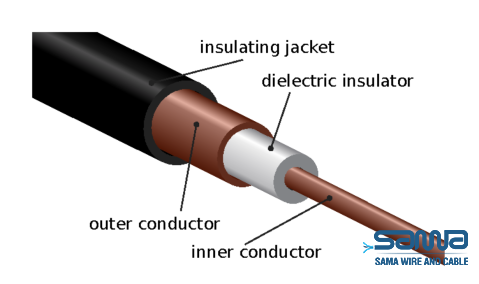 3. Maintain Proper Welding Parameters: Follow the recommended welding parameters, including voltage, current, and travel speed, to ensure optimal weld quality and performance. Adjust the settings as needed based on the specifics of the welding task. 4. Monitor Welding Technique: Pay attention to welding technique, such as travel angle, torch angle, and filler wire feed, to maintain control over the welding process and achieve desired results. Practice good welding habits to minimize defects and ensure weld integrity. Conclusion: In conclusion, copper welding wire is a versatile and reliable choice for a wide range of welding applications, offering exceptional conductivity, corrosion resistance, and durability. By understanding the benefits, types, applications, and best practices of copper welding wire, welders can enhance their welding processes and achieve superior weld quality. Whether you are working in the automotive, electronics, construction, aerospace, or other industries, copper welding wire is a valuable tool for creating strong and durable welds. Embrace the power of copper welding wire in your welding projects and experience the difference it can make in your workmanship. 5. Ensure Proper Shielding Gas: When using copper welding wire in processes like MIG welding, it is crucial to use the appropriate shielding gas to protect the weld pool. The right shielding gas helps prevent oxidation and ensures clean, high-quality welds with copper welding wire. 6. Manage Heat Input: Copper welding wire is sensitive to heat, so it’s important to manage heat input effectively during the welding process. Excessive heat can lead to issues like burn-through or distortion, while inadequate heat may result in incomplete fusion. Maintaining proper heat control is key to achieving successful welds with copper welding wire. 7. Use High-Quality Welding Equipment: Invest in high-quality welding machines, torches, and accessories to support the use of copper welding wire. Reliable equipment plays a significant role in achieving consistent and precise welds, especially when working with a material as conductive as copper.
3. Maintain Proper Welding Parameters: Follow the recommended welding parameters, including voltage, current, and travel speed, to ensure optimal weld quality and performance. Adjust the settings as needed based on the specifics of the welding task. 4. Monitor Welding Technique: Pay attention to welding technique, such as travel angle, torch angle, and filler wire feed, to maintain control over the welding process and achieve desired results. Practice good welding habits to minimize defects and ensure weld integrity. Conclusion: In conclusion, copper welding wire is a versatile and reliable choice for a wide range of welding applications, offering exceptional conductivity, corrosion resistance, and durability. By understanding the benefits, types, applications, and best practices of copper welding wire, welders can enhance their welding processes and achieve superior weld quality. Whether you are working in the automotive, electronics, construction, aerospace, or other industries, copper welding wire is a valuable tool for creating strong and durable welds. Embrace the power of copper welding wire in your welding projects and experience the difference it can make in your workmanship. 5. Ensure Proper Shielding Gas: When using copper welding wire in processes like MIG welding, it is crucial to use the appropriate shielding gas to protect the weld pool. The right shielding gas helps prevent oxidation and ensures clean, high-quality welds with copper welding wire. 6. Manage Heat Input: Copper welding wire is sensitive to heat, so it’s important to manage heat input effectively during the welding process. Excessive heat can lead to issues like burn-through or distortion, while inadequate heat may result in incomplete fusion. Maintaining proper heat control is key to achieving successful welds with copper welding wire. 7. Use High-Quality Welding Equipment: Invest in high-quality welding machines, torches, and accessories to support the use of copper welding wire. Reliable equipment plays a significant role in achieving consistent and precise welds, especially when working with a material as conductive as copper.
…
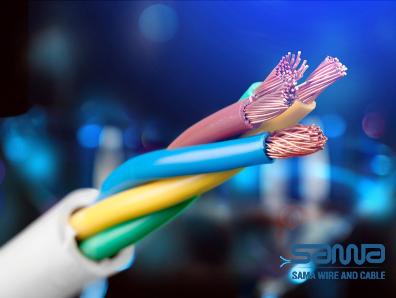 8. Practice Safety Precautions: As with any welding operation, safety is paramount when working with copper welding wire. Wear appropriate personal protective equipment (PPE) such as welding helmets, gloves, and clothing to protect yourself from sparks, fumes, and potential hazards. Follow safety guidelines and procedures to ensure a safe working environment. 9. Conduct Regular Inspections and Testing: After completing welds with copper welding wire, perform visual inspections and non-destructive testing to assess weld quality and integrity. Look for signs of defects like porosity, cracks, or incomplete fusion, and address any issues promptly to maintain the structural integrity of the welds. 10. Continuous Learning and Improvement: Welding is a skill that improves with practice and continuous learning. Stay updated on the latest welding techniques, technologies, and developments in the field of welding to enhance your proficiency with copper welding wire. Attend workshops, training sessions, and certifications to broaden your knowledge and expertise. By implementing these best practices, welders can maximize the benefits of using copper welding wire and achieve superior results in their welding projects. Whether you are working on small-scale fabrications or large structural welding applications, mastering the intricacies of copper welding wire can elevate the quality and durability of your welds. In conclusion, copper welding wire is a versatile and indispensable material in the welding industry, offering numerous benefits such as high conductivity, corrosion resistance, and durability. Understanding the different types of copper welding wire, its applications across various industries, and the best practices for using it can empower welders to elevate their welding skills and produce high-quality welds consistently. As technology advances and new welding processes emerge, copper welding wire continues to be a reliable and preferred choice for welders seeking precision, efficiency, and reliability in their welding projects. Embrace the versatility and performance of copper welding wire in your welding endeavors, and unlock the potential for creating stronger, more resilient welds that stand the test of time.
8. Practice Safety Precautions: As with any welding operation, safety is paramount when working with copper welding wire. Wear appropriate personal protective equipment (PPE) such as welding helmets, gloves, and clothing to protect yourself from sparks, fumes, and potential hazards. Follow safety guidelines and procedures to ensure a safe working environment. 9. Conduct Regular Inspections and Testing: After completing welds with copper welding wire, perform visual inspections and non-destructive testing to assess weld quality and integrity. Look for signs of defects like porosity, cracks, or incomplete fusion, and address any issues promptly to maintain the structural integrity of the welds. 10. Continuous Learning and Improvement: Welding is a skill that improves with practice and continuous learning. Stay updated on the latest welding techniques, technologies, and developments in the field of welding to enhance your proficiency with copper welding wire. Attend workshops, training sessions, and certifications to broaden your knowledge and expertise. By implementing these best practices, welders can maximize the benefits of using copper welding wire and achieve superior results in their welding projects. Whether you are working on small-scale fabrications or large structural welding applications, mastering the intricacies of copper welding wire can elevate the quality and durability of your welds. In conclusion, copper welding wire is a versatile and indispensable material in the welding industry, offering numerous benefits such as high conductivity, corrosion resistance, and durability. Understanding the different types of copper welding wire, its applications across various industries, and the best practices for using it can empower welders to elevate their welding skills and produce high-quality welds consistently. As technology advances and new welding processes emerge, copper welding wire continues to be a reliable and preferred choice for welders seeking precision, efficiency, and reliability in their welding projects. Embrace the versatility and performance of copper welding wire in your welding endeavors, and unlock the potential for creating stronger, more resilient welds that stand the test of time.
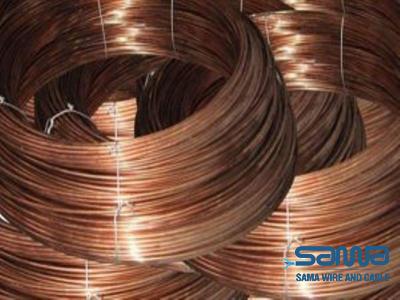
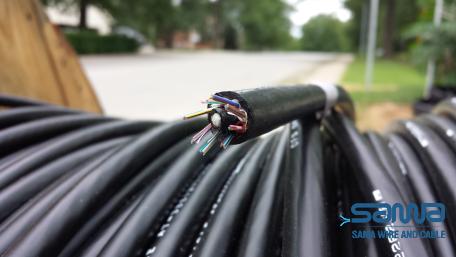
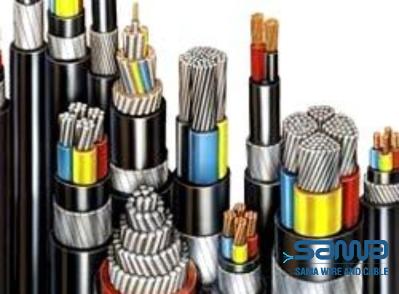
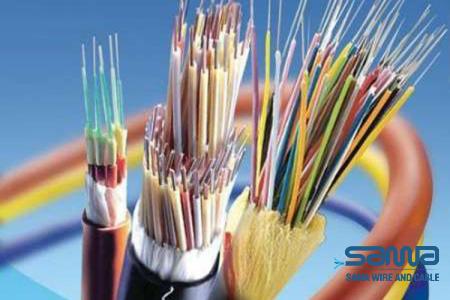
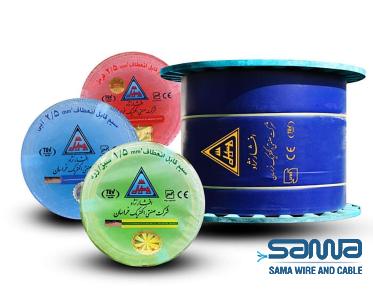

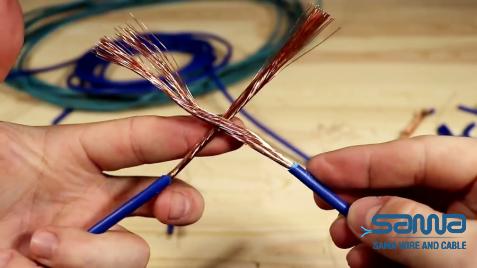
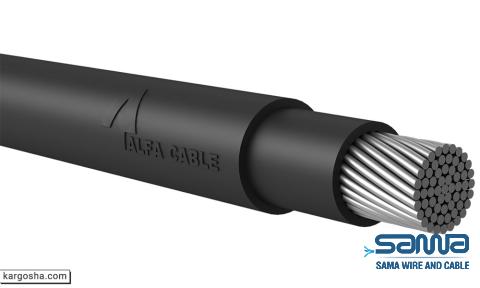
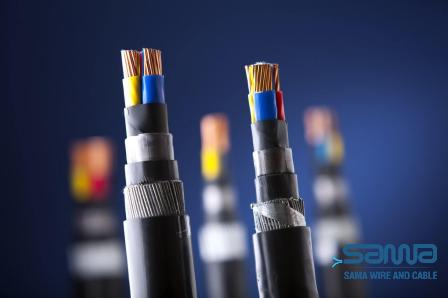
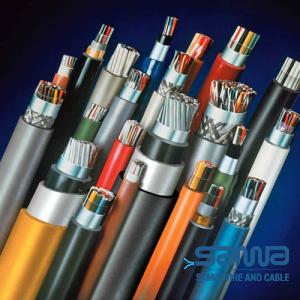
Your comment submitted.